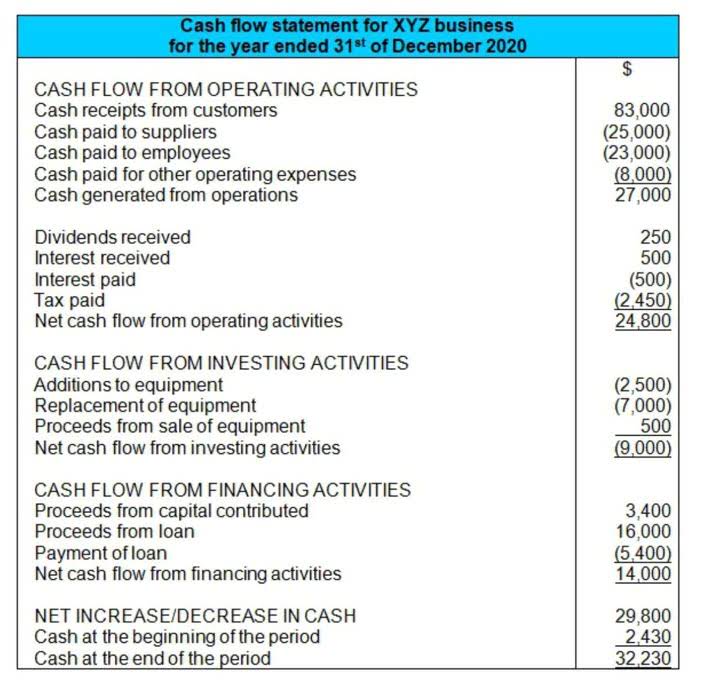
As an individual consumer, you will most likely encounter a debit memo as a bank transaction. If you incur a fee through your bank, like for printing checks or an overdraft, the bank will debit your account directly to cover that fee. This will show up on your bank statement as a transaction, labeled as a debit memo or debit note. In banking, if you have incurred a fee, such as an overdraft fee, the bank will add a a debit memorandum would not be issued by the bank for to your monthly bank statement. If you use a digital banking app, you can often see this debit note in real time — no need to wait for a paper statement in the mail. A debit memorandum is a notification that a deduction has been made by a bank or business for (e.g., a fee it charged you).

Credit Memo vs. Refund
It typically occurs when a seller agrees to reduce the amount owed by the buyer due to various reasons. Debit and credit memos are integral components of accounts receivable management, allowing businesses to adjust financial records accurately and efficiently. A business issues a debit memo to its customers to acknowledge additional charges, underpayments, and billing corrections that benefit the business. In business-to-business transactions, a company issues a credit note to the buyer to amend an incorrect invoice, acknowledge the return of goods, or adjust the prices post-purchase. Depending on the scenarios, the credit note may reduce the full or partial amount that a buyer owes.

Key Elements to Include in a Debit Memorandum
- This signals that you will be recording an increase in your accounts receivable of $5,000.
- However, if the credit balance is significant, the business will refund the customer instead of creating a debit memo.
- The customer would either receive or his applicable state government.
- Based on company standards, some purchasers may never receive debit notes at all.
- A credit note is a document issued by a seller to a buyer, indicating a reduction in the amount owed or a refund due to overpayment, returns, pricing errors, or allowances.
Ask for a fee structure upon opening a new account, and monitor your statements closely to understand what fees are being assessed. In B2B transactions, a company may issue a debit memo after invoicing if there was something incorrect on the original invoice. In many cases, debit memos get issued due to damaged or incorrect goods or a purchase cancellation, for example. It notifies them that there are certain debt obligations to consider. Both a debit memo and a credit memo inform clients of a change in their account status. Customers (or buyers) are informed by a debit memo as to why their account balance has decreased or why they now owe more.
Difference Between Debit Memos vs. Credit Memos
In all cases, a debit memo means that money will be taken out of an account to cover a fee or an underpayment. For example, if your business has $10,000 in its checking account and the bank charges a service fee of $35, the account will be reduced by $35 to $9,965 with that reduction noted in a debit memo. You might see similar debit memos for, say, fees for bounced or printed checks. A debit memo from, for instance, your bank alerts you to a reduction in your account balance that the bank made to satisfy a fee it charged you for a service it provided. A debit note is issued by a vendor to a customer to inform or remind them of a financial obligation.
A business can also use a debit memorandum internally, to offset a credit balance in a customer account. A debit memo is common in the banking industry in several situations. The fee will be debited (or deducted) from the customer’s account and recorded as a debit memorandum to indicate that it is an adjustment rather than a transaction. A debit memo may also be used when adjusting an incorrect account balance. In business finance, credit and debit memos play a crucial role in keeping track of financial transactions and ensuring accurate accounting records.
Rather than sending you an invoice, they will directly debit the amount from your bank account. A debit memo is a notice from a financial institution or a business to a customer that there is a forthcoming adjustment (a debit or withdrawal of funds) to their account. You may also hear it referred to as a debit memorandum or debit note. A credit balance that exists in a customer account can be offset within a company by creating a debit memo. The business may decide to send out a debit memo to cancel the credit and remove the positive balance if a customer pays more than the invoiced amount.
Get a Demo of Collections Software for Your Business
This memo has nothing to do with a balance change due to cash withdrawal with checks or debit cards. This can be an alternative version of an invoice to a customer, and is used when the amount billed on the original invoice was too low. Thus, the debit memo is essentially an incremental billing for the amount that should have been included in the original invoice. This usage is not common, since many companies simply re-issue the original invoice with an adjustment, or issue an invoice for the incremental amount, rather than use a debit memo.
- A force pay debit memo is used to ensure payment is made upfront before any goods or services are delivered.
- If a customer pays more than an invoiced amount, intentionally or not, the firm can choose to issue a debit memo to offset the credit and eliminate the positive balance.
- While not as commonly used as credit memos, which deal with credit-based transactions, debit memos are still employed to balance accounts.
- To clarify a bit more, debits are amounts owed that must be remitted to settle and account.
- Debit memos can also be used in invoicing, such as when debt that was previously written off is recovered.

